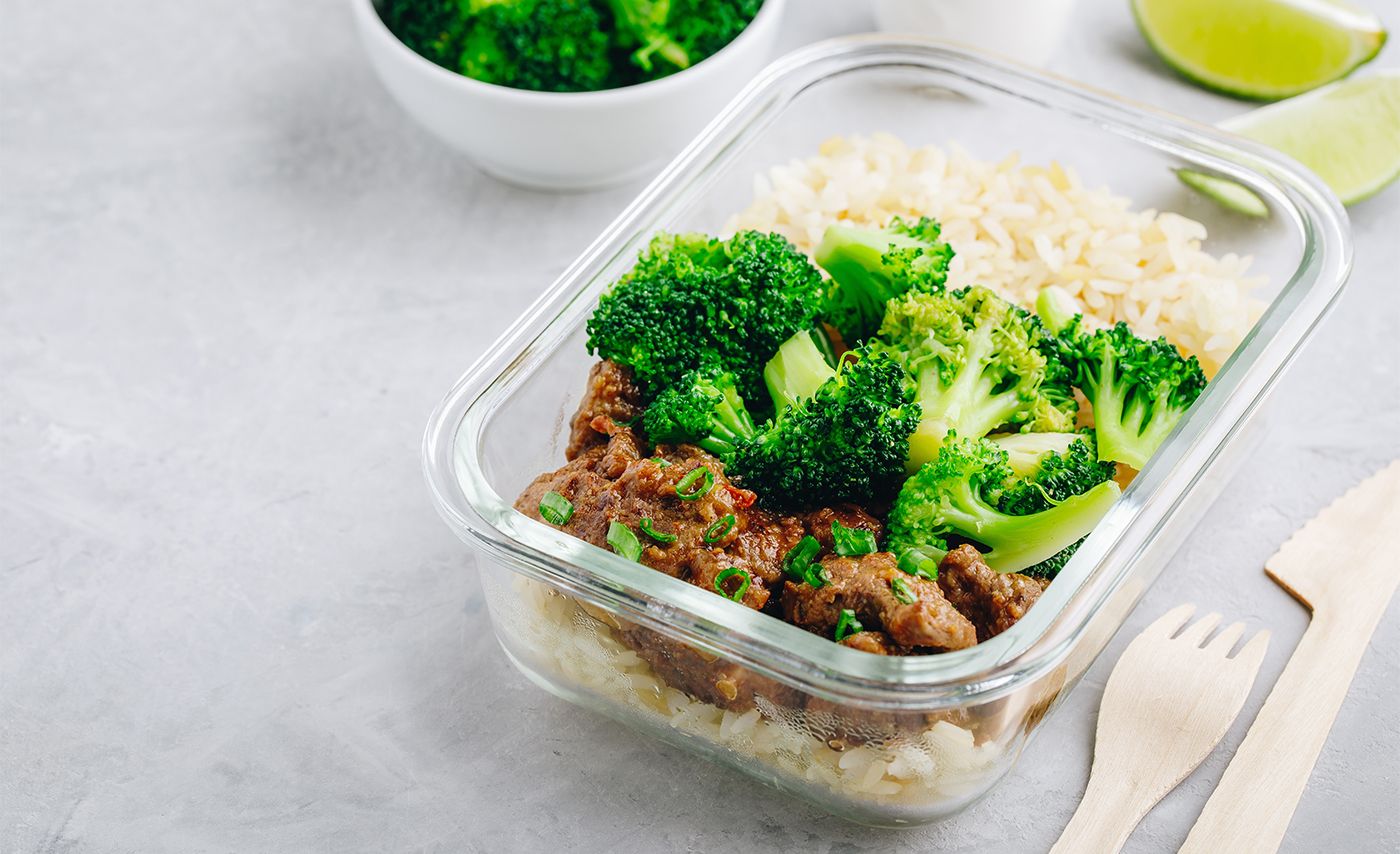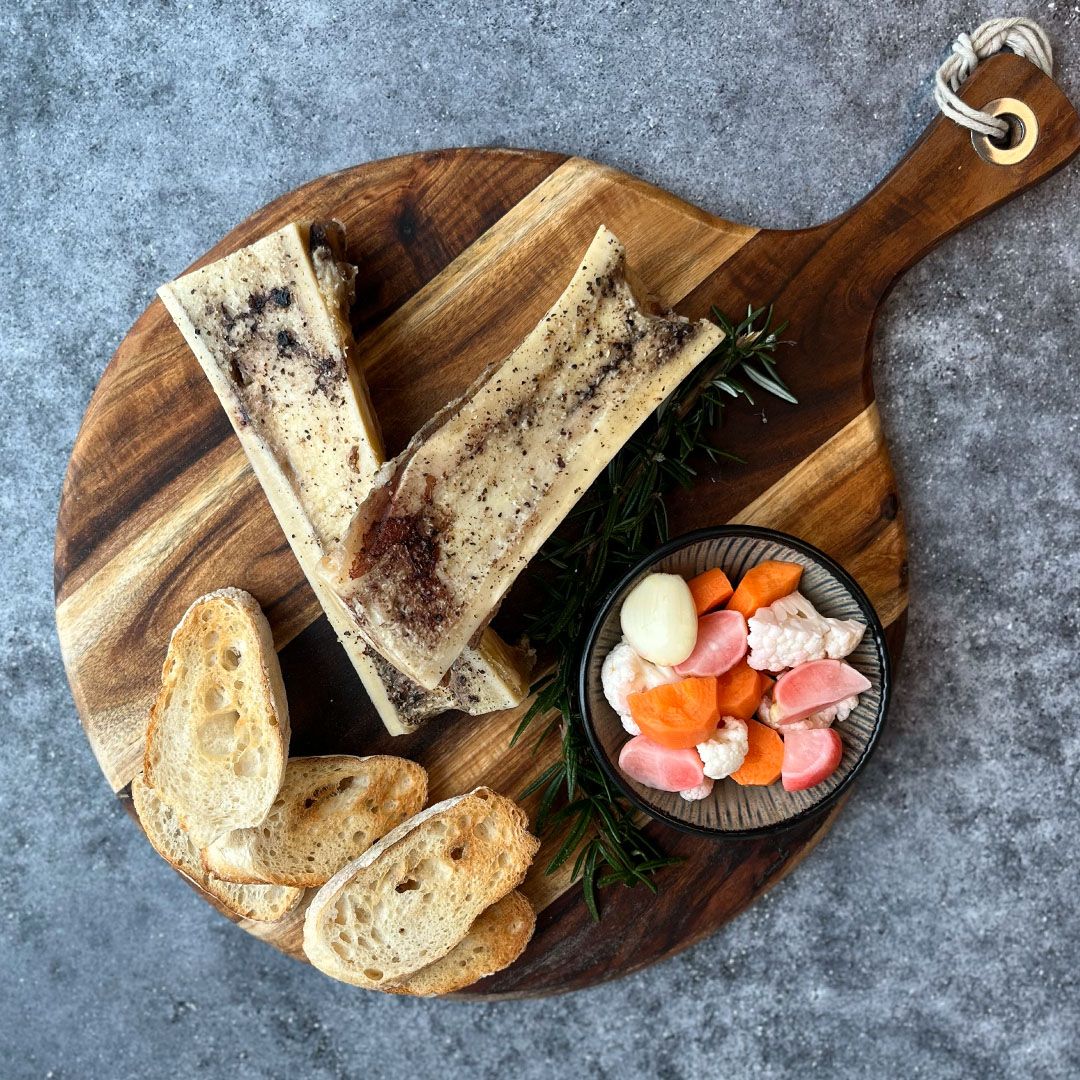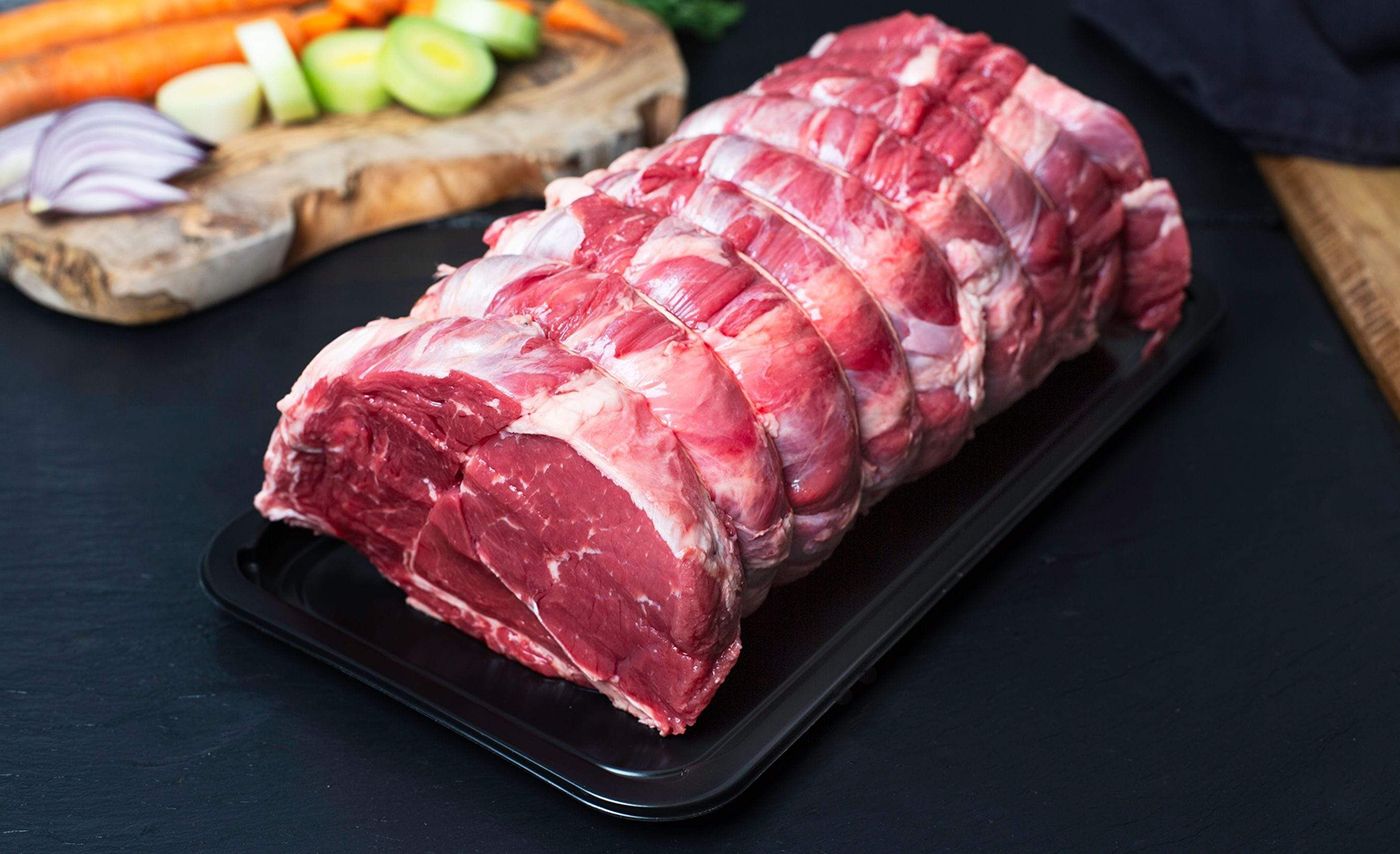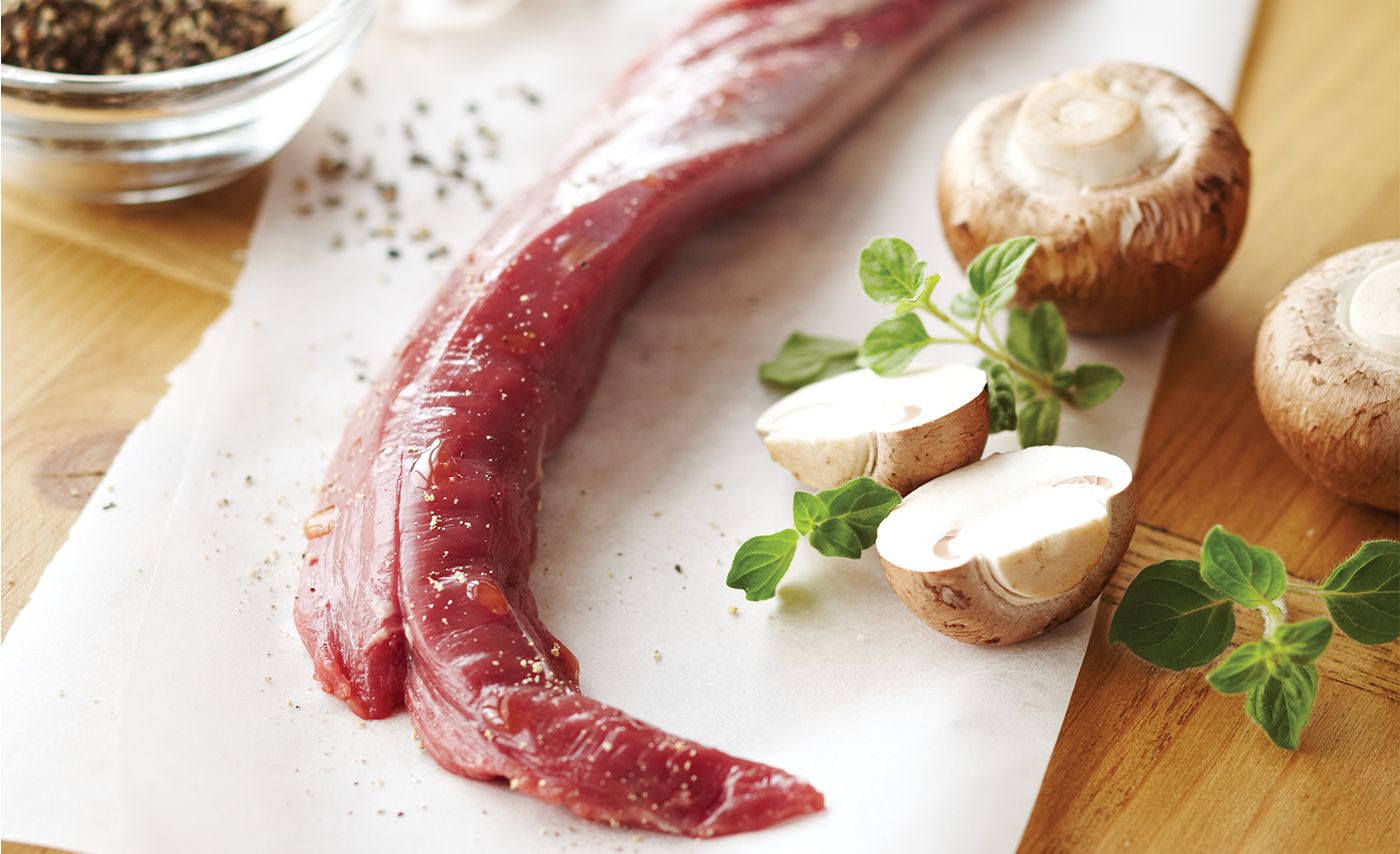Learn
| Tips & Tricks | Freezing and thawing meat
Freezing and thawing meat
The freezer can be an extremely useful tool for saving time and money when you find yourself with more than enough meat on your hands. However, freezing your protein of choice should be done carefully. It’s important to follow these guidelines to guarantee your frozen proteins are safe and enjoyable to consume.

Freezing
- Meat should be well-trimmed before freezing (fat can become rancid on long storage)
- The ends of bones that may pierce the wrap should be shielded with foil or plastic before packaging
- Frozen large cuts will keep better and longer, with less flavour change, than frozen smaller cuts, thin slices or mince
- It is important to make sure temperatures don't fluctuate by more than 0.5°C. Big temperature changes can mean a partial thaw which damages the structure of the meat
Thawing
If at all possible, plan ahead when you intend on using frozen meat. The best way to maintain the quality of frozen meat is by slow thawing in the refrigerator. All it takes is a bit of organising.
When you are thawing
- Ensure liquid from the thawing meat does not drip onto and contaminate other foods. Thaw meat at the bottom of the fridge on a tray if there is a chance packaging may leak
- Thaw frozen meat in its original freezer wrapping
- Thaw frozen meat in the refrigerator or chiller for best results
- Thawing meat at room temperature is not recommended. The surface of the meat may reach warm temperatures which encourages spoilage
Approximate thawing times in the refrigerator
- Large roast: 4 - 7 hours per 500g
- Small roast: 3 - 5 hours per 500g
- Steak, 2.5cm thick: 2 - 4 hours
Thawing options
- If you need to hurry thawing there are some options:
- Place meat on a tray, covered
- Use a microwave set on defrost
- Place meat on a tray in a relatively cool room for one to two hours before completing thawing in the refrigerator
- Place sealed vacuum-pack in a sink of cold water. Note: the pack must be watertight.
- Never place frozen meat which is not in a sealed vacuum-pack, in water in an attempt to speed thawing. This will cause flavour and colour loss and may encourage bacterial growth
- Meat which has been thawed using a 'speed-thaw' technique, should be cooked straight after thawing

The best way to store thawed meat
Remove freezer packaging or vacuum bag and blot meat dry with clean paper towels if necessary. Place meat on a tray (one with sides to prevent dripping onto other foods). Loosely cover it and return to the bottom of the refrigerator.
Do not store raw meat above food that will not be cooked before it is eaten (for example, cooked meat, salad vegetables).
Do not allow meat to sit in a pool of meat juices in the tray. The juices will go off faster than the meat itself and can taint the flavour of the meat.
Thinly sliced meat will lose more liquid than large pieces. Slicing may introduce microorganisms onto meat surfaces, so it is best to cut slices or steaks shortly before cooking.
Avoid refreezing thawed meat if you can
Refreezing thawed meat is not generally recommended. Each time meat is frozen there is some deterioration of quality; the ice crystals tend to rupture the muscle fibre, breaking down texture and letting juices escape.
However, from a safety point of view, it is fine to refreeze defrosted meat as long as it was defrosted in a fridge running at 5°C or below. It will be safe to eat, if not at its best eating quality.
Do not expect poorly frozen, badly stored and roughly thawed meat to give top quality eating results.
Another option is to cook the defrosted food and then divide into small portions and refreeze once it has stopped steaming. Steam in a closed container leads to condensation, which can result in pools of water forming. This, combined with the nutrients in the food, creates the perfect breeding ground environment for harmful bacteria. It's always best to wait about 30 minutes before refrigerating or freezing hot food.
Posted by Shawn Moodie








